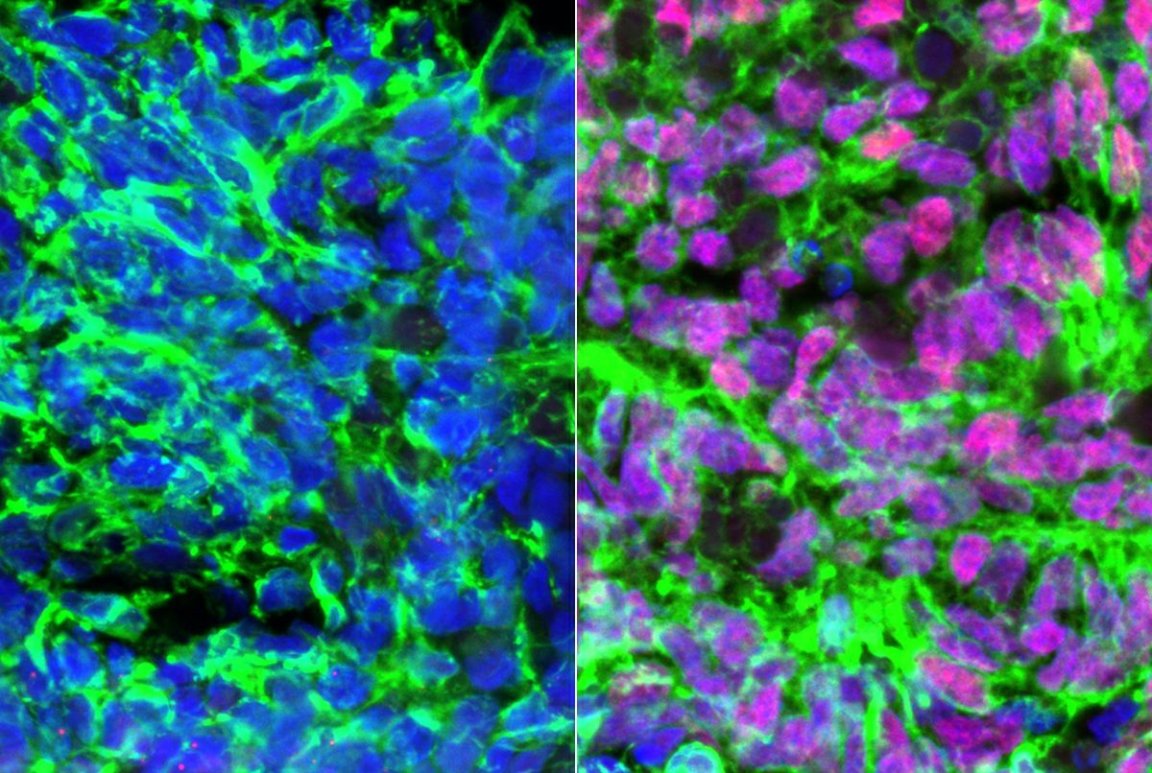
Sense of Touch
Sensory interneurons, the cells that give us our sense of touch, allow us to experience the world through tactile experiences that can become lost to us in the case of paralysis. This unique sense not only shapes our life experiences but helps keep us safe. It’s what allows us to perceive the potential danger of something like a hot stove or a sharp edge. A new study exploring these cells hopes to find a way to restore sensation to those suffering from paralysis. The study from UCLA, published in the journal Stem Cell Reports, resulted in a remarkable first: researchers successfully coaxed human stem cells to become sensory interneurons.
Led by Samantha Butler, a UCLA associate professor of neurobiology who is also a part of the Broad Stem Cell Research Center, the study built on previous work published by Butler and her colleagues in September. In the previous study, Butler and her team explored how certain proteins contribute to the development of sensory interneurons in chicken embryos. Their latest research took the principles and information gleaned from the previous study and applied them to human stem cells.
The team added proteins, which establish the structure bone with a signaling molecule, to human embryonic stem cells. This mixture created two separate types of sensory interneurons: dI1 sensory interneurons, which help us determine where our body is in relation to what’s around us in our environment and dI3 sensory interneurons, which give us the ability to feel pressure.

Restoring Feeling
The team also found that they could create the same sensory interneurons mixture by adding signaling molecules to induced pluripotent stem cells. Induced pluripotent stem cells are created from the patient’s own cells, which are then “reprogrammed. This could give researchers the ability to better explore restorative treatments that work with the patients’ body and reduce or eliminate the potential for rejection.
While this area of research is often focused on helping paralyzed patients walk again, Butler’s team is interested in restoring the broader experience of touch. In a press release from the UCLA Newsroom, she said “The field has for a long time focused on making people walk again. Making people feel again doesn’t have quite the same ring. But to walk, you need to be able to feel and to sense your body in space; the two processes really go hand in glove.”
That said, the team does hope their research could prove helpful in developing restorative therapies for patients with paralysis. As Butler put it, “This is a long path. We haven’t solved how to restore touch but we’ve made a major first step by working out some of these protocols to create sensory interneurons.”
While the research marks a major first, there is still a lot of additional research to be done. Butler and her team hope that additional studies will help them exactify mixtures that would allow them to coax stem cells into a variety of different sensory interneurons.